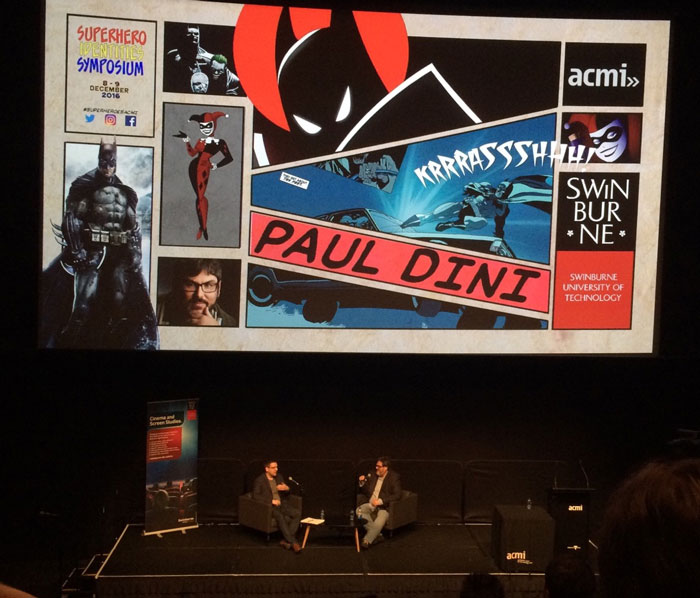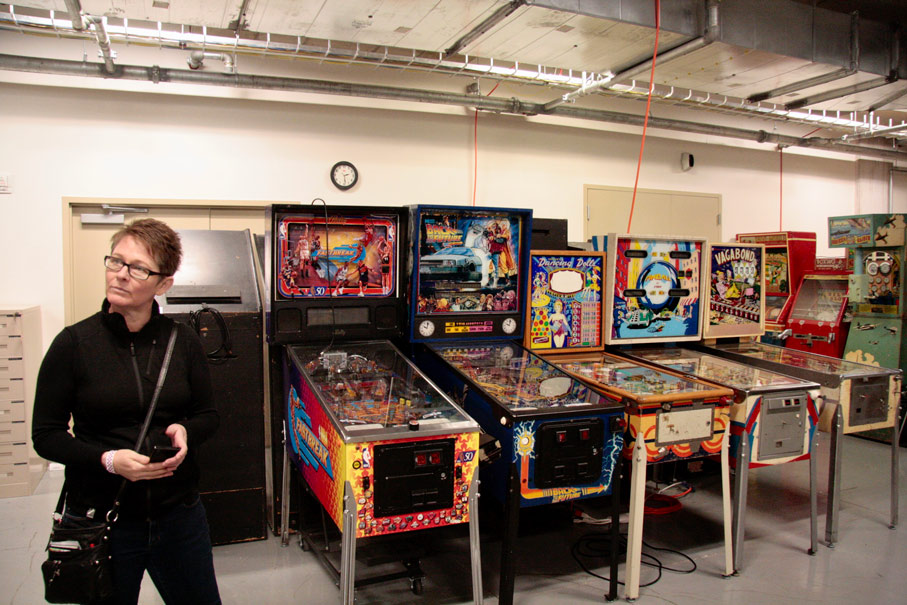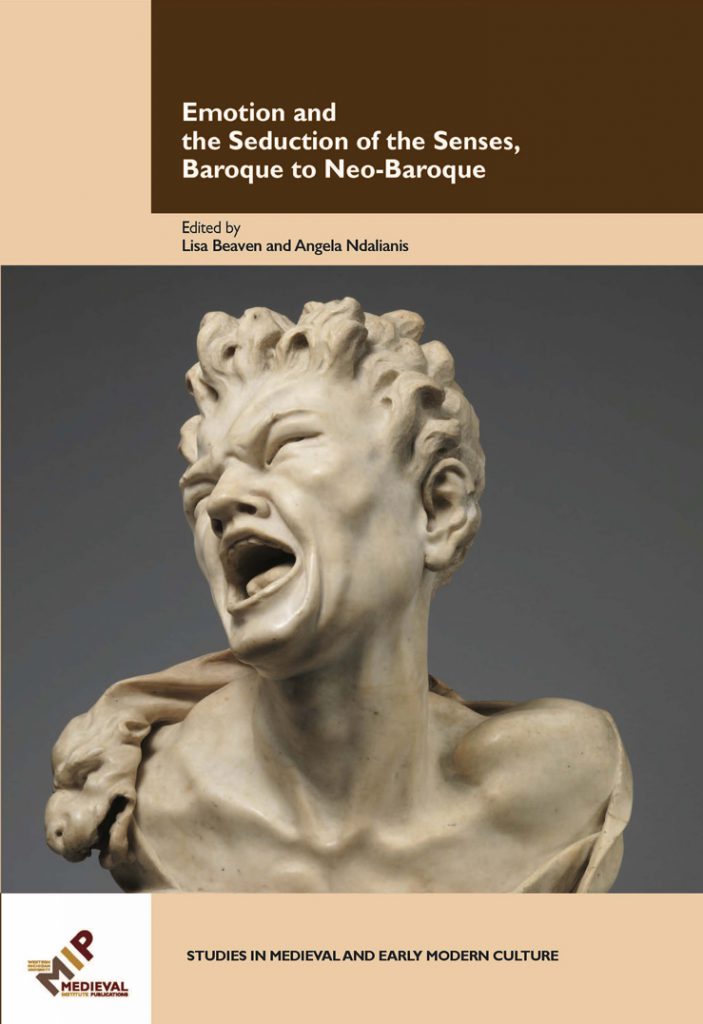
Superheroes: Creative Force, Cultural Zeitgeist and Transmedia Phenomenon
The project explores the historic, creative and artistic development of the superhero across multiple media.
Partners
ACMI (Australian Centre for the Moving Image)
This research is supported by the Australian Government through the Australian Research Council’s Linkage program (LP150100394)
Investigators
Angela Ndalianis
Liam Burke
Ian Gordon (National University of Singapore)
Elizabeth McFarlane (University of Melbourne)
Wendy Haslem (University of Melbourne)



The figure of the superhero has loomed in the popular imagination for generations, providing a common language for understanding the diversity of lived human experience. This research project is an Australian Research Council funded Linkage project that focuses on the phenomenon of the superhero figure from its beginnings up to its contemporary manifestation. The project explores the historic, creative and artistic development of the superhero across multiple media.
Outcomes: 3 anthologies, edited journal, public events and 2 international conferences, a VR experience at ACMI – Superheroes: Realities Collide – at ACMI, and Cleverman: the Exhibition at ACMI in December 2018.

Traditional and non-traditional research outcomes have included the Cleverman: The Exhibition at ACMI; the Superheroes: Realities Collide VR experience at ACMI Screen Worlds, created by Visitor Vision; two major conferences Superhero Identities and Superheroes Beyond; the Senses of Cinema dossier on Australian Superheroes and the ground-breaking television series, Cleverman; and the edited collections The Superhero Symbol: Media, Culture, and Politics (Rutgers University Press, 2019) and Superheroes Beyond: Wider critical perspectives on a transcendent archetype (University of Texas Press, in press 2020)
Related Projects
















